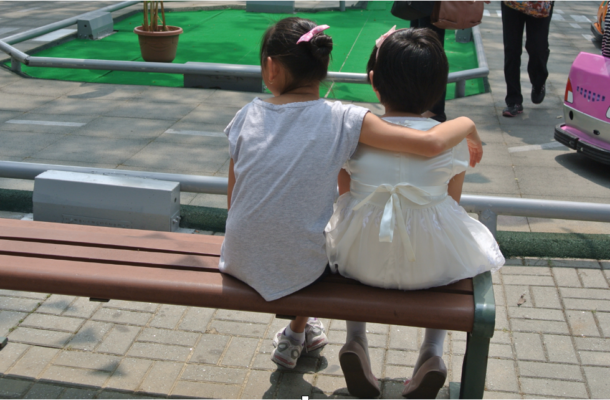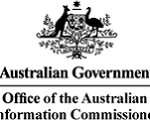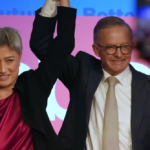Inter-country adoption – a decade of decline

Inter-Country Adoption has become an increasingly challenging pathway to parenthood for Australians. Fewer adoptions, longer waiting periods, and a greater percentage of children with complex and special needs are now the norm.
In March 2005 my wife and I adopted our eldest daughter from China. In retrospect it was a relatively simple process, taking just 18 months from our initial telephone enquiry to holding her in our arms. She was only 18 months of age and apart from a runny nose she was in perfect health.
In August 2015 we adopted our youngest daughter from Taiwan. It was a difficult and at times deeply traumatic process involving successive applications to 3 countries spanning a period of over 10 years. She was 9 years of age, and as a result of this and her institutionalisation she was categorised as having special needs.
Our experiences are not unique and in many ways they reflect trends in inter-country adoption over the past decade. Less children being made available for adoption; longer waiting periods; changes to eligibility and availability of overseas programs; and the greater likelihood of adopting an older child with special needs.
In 2005-2006 Australians adopted 421 children from overseas. By 2015-2016 that number had dropped by 80% to only 82 children. Globally the decline during the same period was around 70%. This is typically attributed to positive socio-economic changes making it easier for children to remain with their birth-families or to be adopted within their birth-country. However, the statistics also support a widespread community view that another contributing factor is the inadequate performance of Australian governments (both federal and state).
The type of children being adopted has also changed over the past decade. In 2005-2006, babies under 1 year of age constituted 47% of inter-country adoptions. By 2015-2016 that figure was only 8.5%. In contrast, the adoption of children over 5 years of age rose from 11% to 29%. Today 62% of inter-country adoptions involve children between 1-4 years of age. They often have more complex and even special needs. Arguably, many more children with special needs could be adopted if the Australian government had the will to enable this to occur.
The adoption of a baby posed very little challenges outside of the norm for us – with one notable exception. Having been raised by female carers she did not like men. For weeks I stole cuddles under the cover of darkness and a cunning disguise comprised of my wife’s dressing gown and perfume. Fortunately cross-dressing was not a necessary parenting technique for our second child, although her older age and special needs have presented a new range of challenges.
Sometimes I feel angry that we had to wait over 10 years to adopt a child who spent almost 9 years in an orphanage without a family to love her. In spite of the excellent care she received this institutionalisation affected her brain development. Repairing that damage will take her much time, effort and frustration. To her quote her favourite English phrase “It’s not fair!”
Inter-country adoption has never been an easy way to form or add to a family, but today the path is more challenging than ever before. So what can we do about that?
For those currently hoping to adopt my advice is to use the long wait wisely. Invest in your own physical and psychological health and that of your partner and existing children. Develop your parenting, adoption and cultural knowledge. Join online and in-person adoption support groups. This is not a journey to take unprepared or alone.
For others, if you believe that every child deserves a permanent loving family I would urge you to become an advocate for adoption and permanent care. A good place to start is by supporting existing advocate groups and writing to your elected representatives.
The photograph at the beginning of this article was taken when Nigel’s two daughters first met in Taiwan in 2015 and shows Big Sister (Jei-Jei) comforting Little Sister (Mei-Mei).
Nigel is a representative of Adoption Australia, an organisation working to bring about change and better outcomes for children in need of permanent loving families. He was a co-founder and former President of the award winning South Australian Chinese Adoption Support Group (SACAS) Incorporated, and founder and Grand Poo-Bah of The Curry Club – A Network for Adoptive Fathers. Nigel has driven several successful campaigns for adoption reform in South Australia, including securing the right to free speech for the state’s adoption community.














